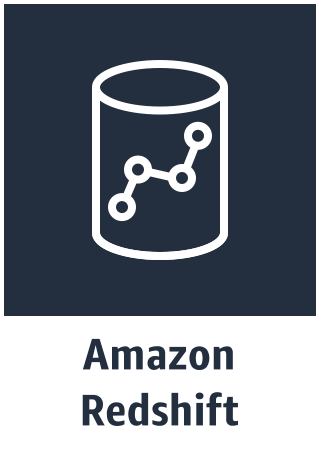

To learn more about Stitch’s replication process and how loading time can be affected, check out the Stitch Replication Process guide. The time from the sync start to data being loaded into your data warehouse can vary depending on a number of factors, especially for initial historical loads. In Stitch, you have the ability to control what and how often data is replicated for the majority of integrations. Stitch replicates data from your sources based on the integration’s Replication Frequency and the Replication Method used by the tables in the integration. Learn more about the rejected records log Every integration schema created by Stitch will include this table as well as the other tables in the integration. When this happens, the data will be “rejected” and logged in a table called _sdc_rejected. For example: a table contains more columns than Redshift’s allowed limit of 1,600 columns per table. Occasionally, Stitch will encounter data that it can’t load into the data warehouse. To learn more about how Redshift handles these scenarios, check out the Data Loading Guide for Redshift. Stitch will encounter dozens of scenarios when replicating and loading your data. This is where all the tables for that inegration will be stored. Configure the firewall to grant access to StitchĪfter you’ve successfully connected your Redshift data warehouse to Stitch, you can start adding integrations and replicating data.įor each integration that you add to Stitch, a schema specific to that integration will be created in your data warehouse.Create a database in the cluster for Stitch.If you already have an AWS account and a Redshift cluster, you won’t need to complete the initial cluster provisioning steps. Spin up a Redshift data warehouse Existing AWS Users If you don’t have an AWS account, you can sign up here and then use our tutorial (linked below) to create a Redshift data warehouse. Not sure if Redshift is the data warehouse for you? Check out the Choosing a Stitch Destination guide to compare each of Stitch’s destination offerings.Ĭreating a Redshift data warehouse for Stitch involves spinning up a cluster in Amazon Web Services and creating a database in the cluster.
#REDSHIFT VACUUM FULL#
Redshift’s full list Stitch reserves _rjm, _sdc, and data type suffixes ( _bigint) The table below provides a very high-level look at what Redshift supports, including any possible incompatibilities with Stitch’s integration offerings. We do, however, recommend you set up a multi-node configuration to provide data redundancy.įor some guidance on choosing the right number of nodes for your cluster, check out Amazon’s Determining the Number of Nodes guide.Įvery database has its own supported limits and way of handling data, and Redshift is no different. The type and number of node(s) you choose when creating your cluster is dependent on your needs and dataset. Amazon currently offers four different types of nodes, each of which has its own CPU, RAM, storage capacity, and storage drive type. Your Redshift cluster can have one to many nodes the more nodes, the more data it can store and the faster it can process queries. So, what’s a node? A node is a single computer that participates in a cluster. Check out their Pricing page for an in-depth look at their current plan offerings. How Stitch loads and organizes data in Redshift.Ĭurrently, Redshift bases their pricing on an hourly rate that varies depending on the type and number of nodes in a cluster.
#REDSHIFT VACUUM HOW TO#
How to spin up a Redshift data warehouse of your own, and.Some high-level limitations (including any incompatible data sources),.Before you spin up a cluster, we recommend checking out our destination comparison guide to ensure you pick the best data warehouse for your needs.


Redshift is based on PostgreSQL 8.0.2 and while there are many similarties, Redshift differs in some key ways. To learn more about transactional and analytic databases and how they compare, check out our Data Strategy Guide. For this reason, it exhibts far better performance than traditional, row-based relational databases like MySQL and PostgreSQL. As Redshift is built for online analytic processing and business intelligence applications, it excels at executing large-scale analytical queries. Amazon Redshift is fully managed, cloud-based data warehouse.


 0 kommentar(er)
0 kommentar(er)
